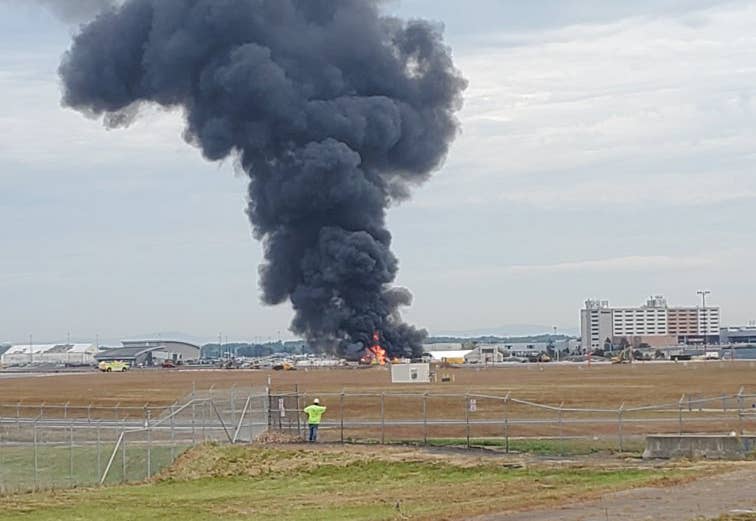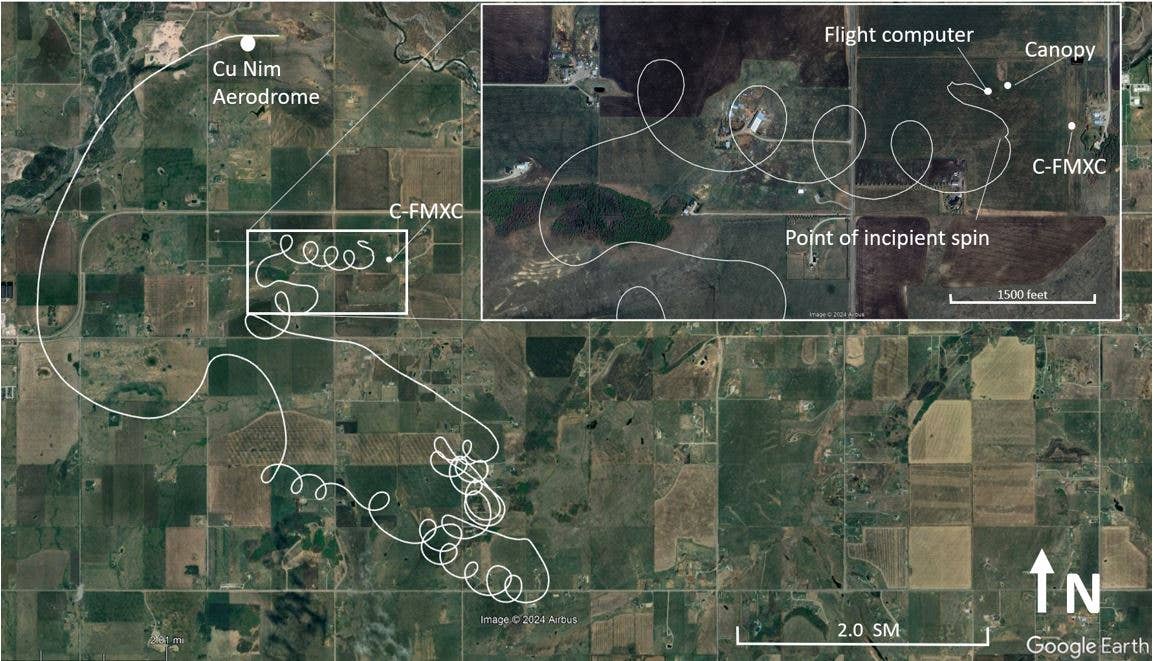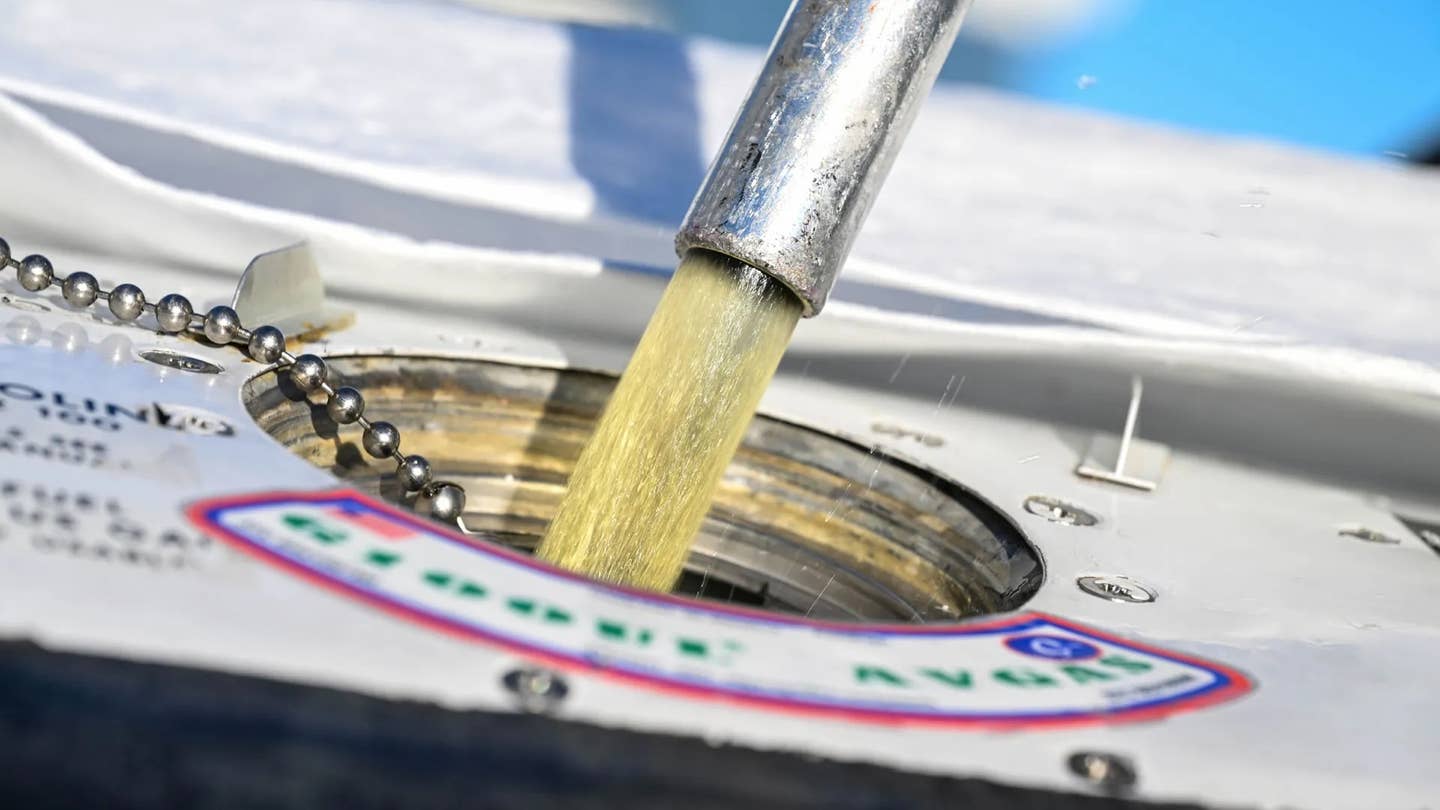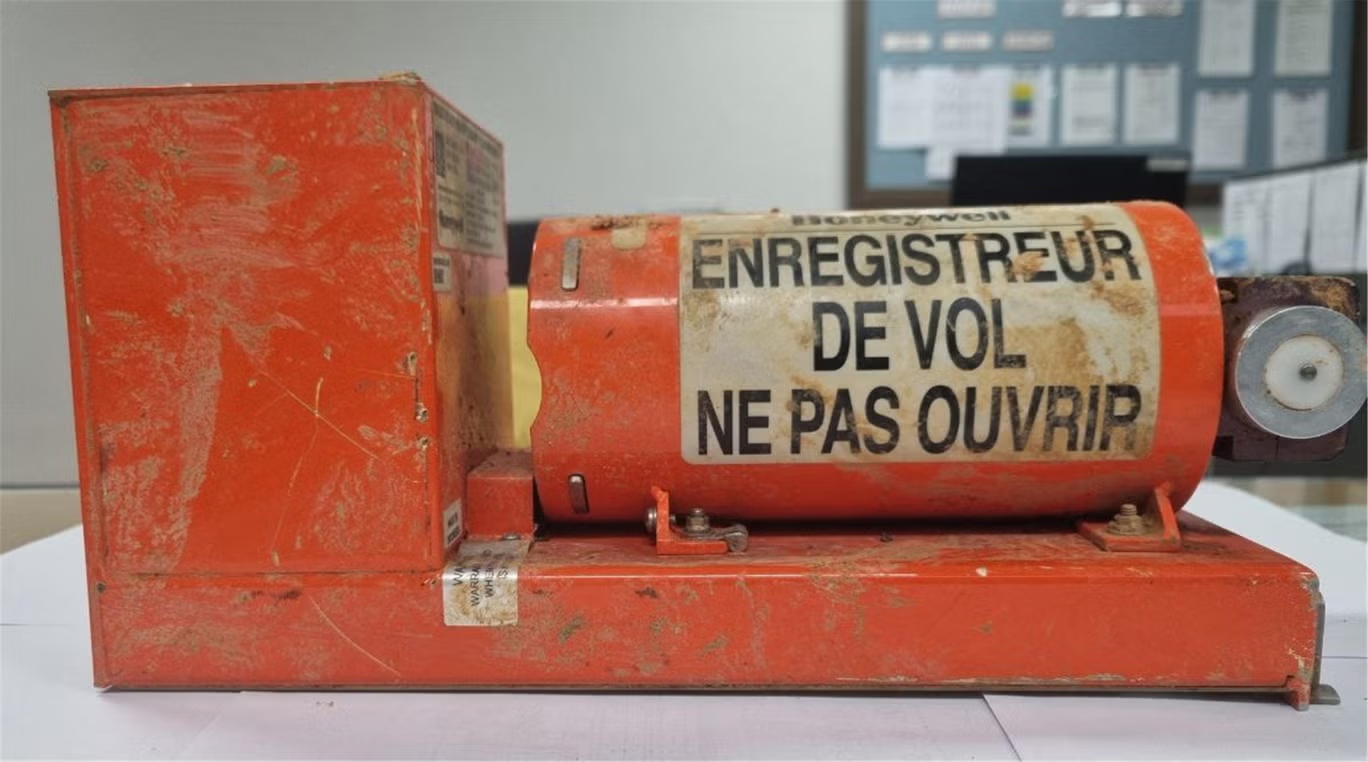Seven Dead In Collings Foundation Flying Fortress Crash (Updated)
A World War II B-17 Flying Fortress owned by the Collings Foundation crashed at Connecticut’s Bradley International Airport (BDL) on Wednesday morning, killing seven people and injuring seven more. There…

Image: International Association of Fire Fighters Local S15
A World War II B-17 Flying Fortress owned by the Collings Foundation crashed at Connecticut’s Bradley International Airport (BDL) on Wednesday morning, killing seven people and injuring seven more. There were three crewmembers and ten passengers onboard the aircraft. Victims were transported to three hospitals in the area. Some have since been released. Pilot Ernest McCauley, 75, and co-pilot Michael Foster, 71, were among those killed along with passengers David Broderick, 56, Gary Mazzone, 66, James Roberts, 48, Robert Riddell, 59, and Robert Rubner, 64. The airport was closed until approximately 1:30 p.m. local time on Wednesday, at which point one runway was reopened.
“A vintage Boeing B-17 crashed at the end of Runway 6 while attempting to land at Bradley International Airport in Windsor Locks, Conn., at 10 a.m.” the FAA said in a statement. “It is a civilian registered aircraft, not flown by the military.”
According to Executive Director of the Connecticut Airport Authority Kevin Dillon, the pilots indicated to the tower that they were experiencing “some type of problem with the aircraft” approximately five minutes after takeoff from BDL. Dillon said the aircraft was observed to not be gaining altitude and ATC recordings suggest that there was a problem with one of the engines. The aircraft returned to the airport where it lost control on touchdown and struck the airport deicing facility at 9:54 a.m. Two airport employees were present at the facility at the time of the accident, one of whom was injured. There was a significant post-crash fire and one firefighter was reportedly injured while working to contain it. The NTSB launched a Go Team led by Board Member Jennifer Homendy to investigate the accident. The ten-person team arrived at the site on Wednesday afternoon and the NTSB released the video footage below of their initial investigation on Thursday.
The Collings Foundation's Wings of Freedom tour was scheduled to be at the airport until Thursday. "Our thoughts and prayers are with those who were on that flight and we will be forever grateful to the heroic efforts of the first responders at Bradley," the foundation said. "The Collings Foundation flight team is fully cooperating with officials to determine the cause of the crash of the B-17 Flying Fortress and will comment further when details become known." The aircraft has been identified as the foundation's B-17G Nine-O-Nine.
The Collings Foundation Nine-O-Nine, registered N93012, entered service in April 1945. It was purchased and restored by the foundation in 1986 after having spent time as an air-sea rescue aircraft, nuclear test subject and fire bomber. N93012 did not see combat but was named and painted to honor the original Nine-O-Nine, which completed 140 combat missions without an abort or loss of a crewman and dropped an estimated 562,000 pounds of bombs in WWII. The first Nine-O-Nine flew with the U.S. Army Air Forces 91st Bomb Group’s 323rd Squadron. It was retired after the end of the war and scrapped.






